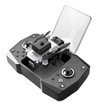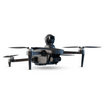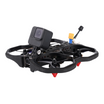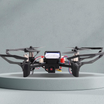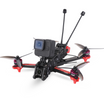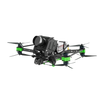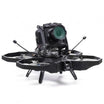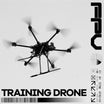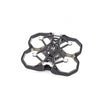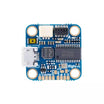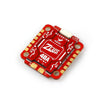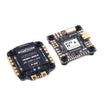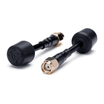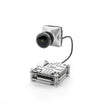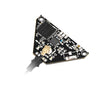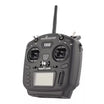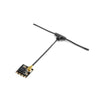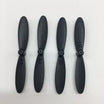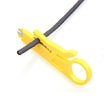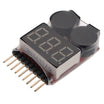What are Kamikaze Drones?
Kamikaze drones, also known as suicide drones or loitering munitions, represent a unique development in the application of unmanned aerial vehicle (UAV) technology for warfare. These specialised drones are designed to carry explosive payloads and deliberately crash into enemy targets, functioning as guided missiles. Ranging from small, commercial-grade quadcopters to larger, fixed-wing designs, kamikaze drones come in a variety of sizes and capabilities. Some feature advanced features like GPS guidance, automated target recognition, and even the ability to loiter for extended periods before striking. While their explosive payloads may vary, these kamikaze drones are being utilised as a tactic to deliver a concentrated, precision strike while removing the pilot from direct harm's way. The concept of a "kamikaze drone" refers to the use of unmanned aerial vehicles (UAVs) as suicide attack weapons, similar to the historical Japanese kamikaze tactics of World War II. Kamikaze drones are essentially explosive-laden drones that are deliberately crashed into enemy targets, acting as guided missiles. This tactic aims to deliver a payload of explosives to a specific location, sacrificing the drone itself in the process. As this technology has proliferated, various state and non-state actors have explored the use of kamikaze drone swarms as a component of modern military operations.
The Rationale behind Kamikaze drones
The use of kamikaze drones, or suicide aerial vehicles, in modern military conflicts stems from several strategic considerations. Firstly, these drones provide a cost-effective method of delivering explosive payloads to target locations. Compared to traditional manned aircraft or missile systems, kamikaze drones can be produced and deployed more cheaply, making them an appealing option for parties with limited military budgets. Secondly, the autonomous nature of kamikaze drones removes the pilot from direct harm's way, reducing the risk of losing experienced personnel in these high-risk missions. This "human out of the loop" approach also allows for more rapid, coordinated strikes using drone swarms. Additionally, the small size and relatively simple construction of many kamikaze drones make them difficult to detect and intercept using conventional air defence systems. For these reasons, military strategists have viewed kamikaze drone technology as a potentially disruptive capability in modern asymmetric warfare, where the ability to conduct precise, high-impact attacks with minimal risk to one's own forces can provide a tactical advantage.

The Mechanics of Kamikaze Drones
Kamikaze drones, by design, leverage a diverse array of technologies to enable their unique mission of self-destructive strikes against enemy targets. These unmanned aerial vehicles (UAVs) can be broadly categorised into two main operational approaches: human-controlled and autonomous.
In the human-controlled variant, the kamikaze drone is typically outfitted with a first-person view (FPV) camera that allows a remote pilot to visually identify and track the intended target. Using a radio control link, the pilot then guides the drone to its destination before triggering the explosive payload upon impact. This method requires a skilled operator with low latency in the control system to execute a successful kamikaze strike.
On the other hand, autonomous kamikaze drones leverage advanced sensors and target recognition algorithms to independently locate, identify and engage enemy targets. These drones may be equipped with electro-optical cameras, thermal imagers or even radar systems to detect and classify potential objectives. Once a valid target is confirmed, the drone's on-board flight control system can then autonomously navigate the drone to the target location without direct human intervention and initiate the explosive detonation sequence once action is triggered by humans. Thus autonomy in navigation of the drone and detecting object or target points.
Regardless of the control method, kamikaze drones often utilise fixed-wing or vertical take-off and landing (VTOL) designs to maximise their payload capacity and reduce their radar cross-section for improved stealth. Whereas some of these drones are also multicopters. The explosive payload itself can vary, ranging from small fragmentation warheads to larger shaped charges optimised for armour penetration. Some kamikaze drones may even incorporate multiple warheads or the ability to disperse submunitions over the target area.
Through this fusion of guidance, targeting and explosive lethality, kamikaze drones present a unique application in modern warfare - providing an affordable, easily deployable means of delivering a precise, high-impact attack while removing the pilot from immediate danger.
The Emergence of Kamikaze Drones
The term "kamikaze" is a Japanese word that literally translates to "divine wind." It originates from the legendary typhoons that are said to have saved Japan from Mongol invasions in the 13th century by destroying the invading Mongol fleets. This "divine wind" was seen as divine intervention that protected Japan. During World War II, the term "kamikaze" took on a new, more sinister meaning when it was applied to the Japanese suicide bombing attacks involving pilots deliberately crashing their explosive-laden aircraft into enemy targets. These kamikaze attacks, though devastating, were viewed by the Japanese as an honourable sacrifice in service of their country. While the historical meaning of "kamikaze" evokes notions of a powerful, mystical protective force, the modern usage of the term is strongly associated with these tragic, intentional suicide attacks that defined a dark chapter of Japan's wartime history.
In the years that followed, the development and use of kamikaze drone technology has proliferated globally. State actors like Iran, North Korea, and Turkey have all unveiled their own kamikaze drone programs, while non-state groups like ISIS have also incorporated suicide drone strikes as part of their asymmetric warfare tactics. The advantages of kamikaze drones - their relative affordability, ease of deployment, and ability to deliver precise explosive payloads - have made them an increasingly appealing weapon for both national militaries and terrorist/insurgent organisations.
This was a failed US program for a "suicide UAV" or "loitering missile" concept, mentioned by some sources as one of the early originating projects for this weapon category. The exact year of development is not specified, but it was active in the 1980s.

Initial Israeli variants of the "loitering missile" concept were developed in the 1980s, according to some sources.
The exact production date of these early Delilah variants is not clearly stated.

The Iranian Ababil-1 "suicide UAV" was produced in the 1980s, though the precise year of production is unknown.

The Israeli IAI Harpy was a first-generation "loitering munition" produced in the late 1980s for a suppression of enemy air defences (SEAD) role.

Kargu is a rotary-wing attack drone loitering munition system designed and manufactured by STM Defense Technologies Engineering, a Turkish defence company, for anti-terrorist operations and asymmetric warfare. Operated by the Turkish Armed Forces, the drone allows soldiers to detect and destroy targets in the region without human intervention. The Kargu drone was presented at the Defense & Security 2019 exhibition held in Bangkok, Thailand, along with other drones and products of STM in October 2019.

Details:
- Similar principle of operation and components to the Shahed-136
- Identical layout and aerodynamic solution
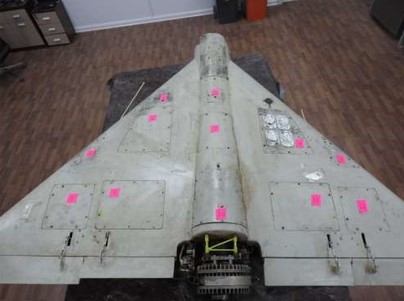
The Shahed-131 Iranian Kamikaze Unmanned Aerial Vehicle (UAV) is an earlier version of Shahed-136, but with a similar principle of operation and, most likely, maximally unified in all main components, primarily electronics. The layout and aerodynamic solution are also identical.
Alternate Designation: Shahed-131
Type: Kamikaze Unmanned Aerial Vehicle (UAV)
Manufacturer: HESA
Crew: Unmanned
Warhead: HE; 10-15 kg
Note: A 2023 investigation conducted by Ukrainian military and a UK-based research group Conflict Armament Research (CAR) found that Iran has been modifying the warheads of the Shahed-131 Iranian Kamikaze Unmanned Aerial Vehicle (UAV) that have been delivered to Russia. According to the report, the warhead’s composition explains why Russia’s assault on Ukraine’s energy infrastructure has been so successful over the past few months. The report states that the warheads were hurriedly modified with layers of tiny metal particles that, upon contact, scatter across a wide radius.\n\nFurther, the researchers pointed out that there are 18 smaller “charges” around the warhead’s diameter in addition to the fragments, which, when melted by the blast, can pierce armor and have a sort of “360-degree” explosive impact
- Iranian "kamikaze" unmanned aerial vehicle (UAV)
- Used by Iran to attack Israel
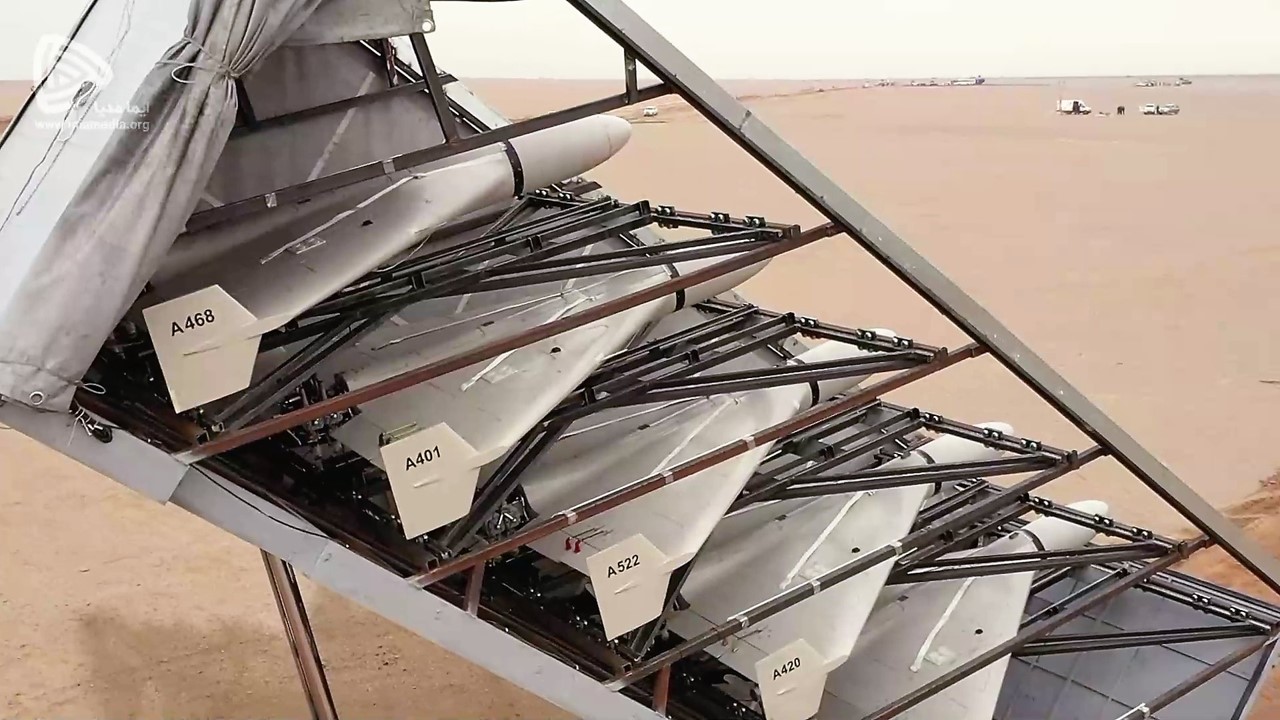
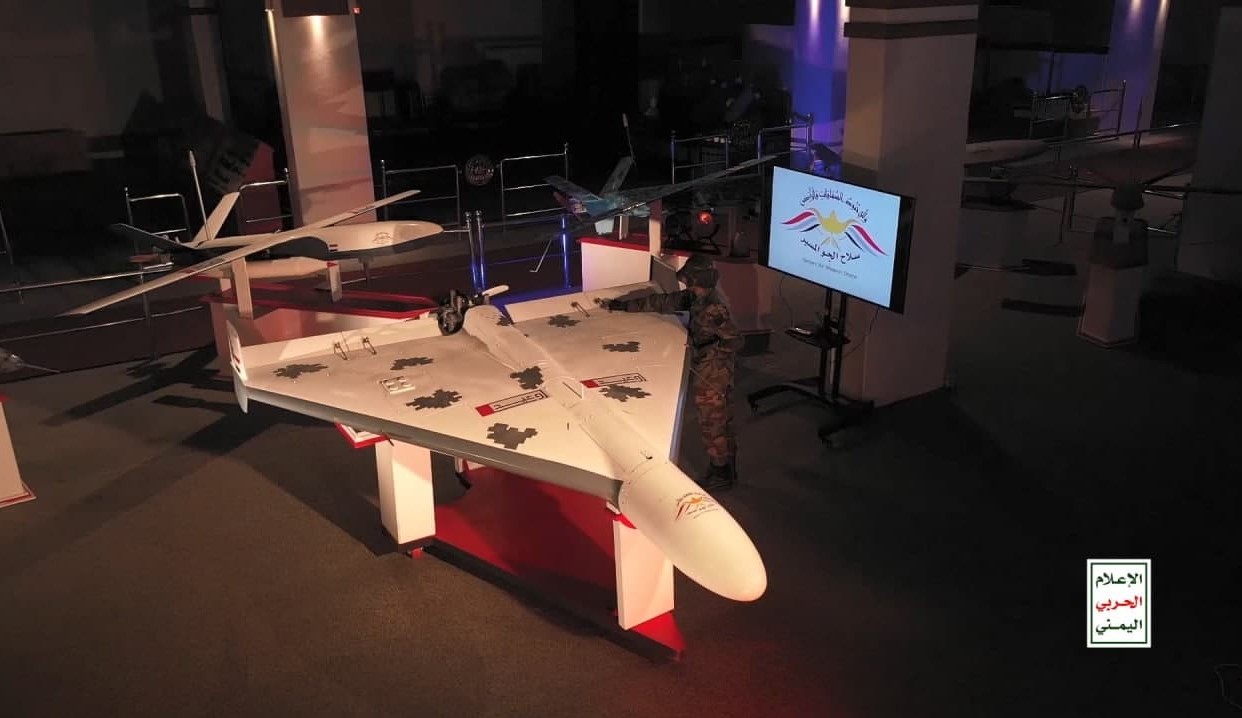
The Shahed-136 and Shahed-131 "kamikaze" : Iran Used To Attack Israel

Width : 2.5 m
Height : INA
Maximum Takeoff Weight : 200 kg
Engine Type : 1 x conventional engine driving two-bladed propeller unit at the rear of the fuselage in pusher arrangement.
Engine Power : INA
Maximum Speed : 185 km/h
Cruising Speed : INA
Service Ceiling : INA
Maximum Distance : 2,000 km
Endurance : INA


What can be done to stop kamikaze drones?
Traditional air defence technology - including the Iron Dome in Israel and the British Military’s Sky Sabre and Starstreak systems - is already being used to protect against some kamikaze drones and other UAS threats.
Defensive missiles - whether deployed from fighter jets or fixed locations - are also an effective countermeasure. However, defensive missiles are extremely expensive, costing many times more than the value of the threat, whilst anti-aircraft missiles have a high potential for collateral damage if used in built-up areas.


Features:
- Takeoff Weight: 12 kg
- Maximum Speed : 80-110 km/h
- Maximum Distance : 40 km
- Endurance : 40 min
As this technology continues to evolve, military strategists are developing robust countermeasures to mitigate the risks posed by these suicide Unmanned Aerial Vehicles. Ultimately, the rise of kamikaze drone warfare raises profound questions about the future of armed conflict. Can these low-cost, high-impact weapons compete with traditional large-scale warfare tactics like nuclear weapons? As this technology expands, the moral, ethical and geopolitical implications will undoubtedly spark intense debate. Can the devastating power of kamikaze drones match or even surpass the destructive force of nuclear weapons or other warfare practices? This is a question that military leaders, policymakers and the public will increasingly need to confront in the years to come. Learn more about insideFPV's achievement in defence sector. Click Here

